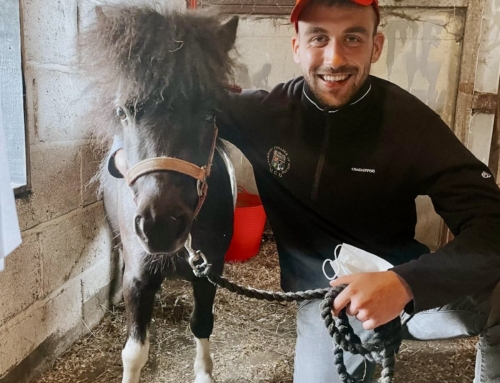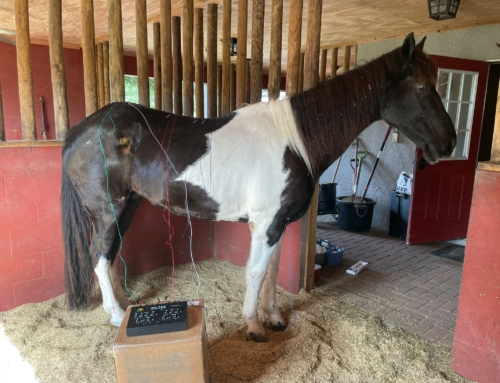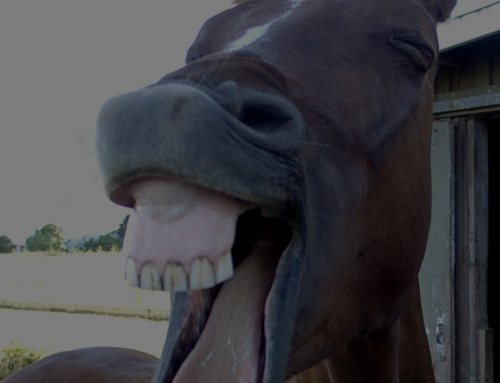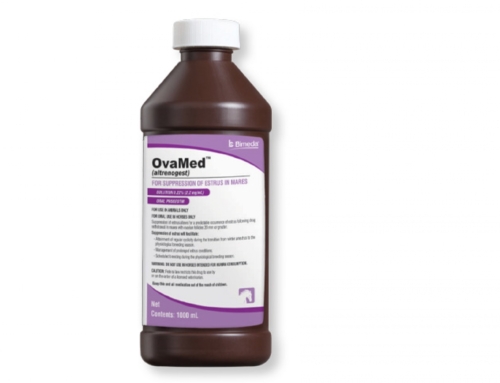Equine Disease: Breaking the EPM Stereotype
A large part of Sunny Coast Veterinary’s treatment success comes from, not only our unique service offerings, but also from the education we provide to our clients. In saying that, we would like to answer some common questions about EPM and try to challenge some common misconceptions surrounding this disease.
What is EPM?
Equine Protozoal Myeloencephalitis (EPM) is a disease syndrome where horses are infected with protozoan parasites. Most commonly, horses are infected with Sarcocystis neurona, however numerous other protozoans are being discovered.
How did my horse get this disease?
From the environment! The most well known culprit is the opossum. However, cats, racoons, skunks, armadillos, and sea otters can also be involved in the transmission of the protozoa. The organism is ingested by these animals, where it undergoes reproduction and replication and is then expelled back out into the environment through its feces, where it can be ingested by the horse. Because the horse is not part of the organism’s life cycle, they are considered “dead-end hosts.” Once ingested by the horse, the protozoa travel through the digestive tract, enter the bloodstream, cross the blood-brain barrier, and encyst themselves in the nervous system.
Because they favor Florida’s climate, there is an abundance of these parasites living in the environment. So how do horses protect themselves from developing this disease? Their immune system! This means that most, if not all, horses that live where these protozoa are present have been exposed. As a result, in endemic areas such as Florida, we see more clinical manifestations of the disease. Luckily, most horses live in a harmonious state with this parasite thanks to a well-developed immune system. However, during times of stress such as illness, injury, heavy work, environmental changes, etc., these defenses can be weakened. It is during these times of immune compromise that we can start to see clinical manifestations of EPM.
What are some signs that my horse might have EPM?
Every horse is different! New clinical signs are being reported every day. However, some of the most common signs we see are polyneuritis (peripheral nerve pain), lameness, stumbling, muscle wasting, behavioral changes, and gastric ulcers. It is thought that horses may experience similar signs to the human disease Fibromyalgia, which is characterized by chronic widespread pain, heightened pain response to pressure, tiredness, and depression. Also, like Muscular Dystrophy in humans, EPM causes demyelination (loss of the protective fatty coating) of the nerve sheath, which results in the symptoms that we most commonly observe. During the early stages of this disease process, signs can be confused with lameness (usually in the hind end). Later disease stages are characterized by hind-end weakness, lameness, poor performance, anhidrosis, and other neurological signs. In rare cases, the horse’s immune system can completely fail, which leads to severe neurological signs including ataxia (wobbliness) and severe muscle wasting. These severe cases are what people typically associate with EPM.
How is EPM diagnosed?
In western medicine, the only way to definitively diagnose EPM is by testing both CSF (cerebral spinal fluid) and blood. However, CSF taps are very dangerous, expensive, and have numerous complications. It has been shown that a positive diagnostic acupuncture point scan for EPM, in combination with a positive EPM SAG 2,3,4 blood (serum) test is as diagnostic as the test run on CSF. In general, if titer values are 1:250 or less, then either the disease is not likely or the horse’s immune system has not mounted an appropriate response to the parasites. Elevated titers (1:500 and greater) are indicative of an appropriate immune response to active infection. The clinical appearance of your horse is considered in conjunction with blood serum titers in order to determine the likelihood of active infection. A horse that is displaying signs of clinical disease that also has a low blood serum titer ratio may have a failing immune system and therefore should not be deemed “EPM free.”
How do we treat EPM?
There are four important steps to Sunny Coast Veterinary’s treatment approach:
- Immune support. In order to give your horse a fighting chance at defeating this disease, their immune system must be boosted. This is one of the areas where Traditional Chinese Veterinary Medicine shines and Western medicine is limited. We do a specialized acupuncture treatment for immune system diseases, part of which uses the horse’s own blood to get it to recognize the protozoa, since EPM often flies under the radar of the immune system. The specific combination of points that we use maximizes treatment results by activating immune response, promoting healing of the damaged nervous system, decreasing inflammation, and promoting general health and wellbeing. Chinese herbs are also recommended, because they continue the work of the acupuncture treatments between visits. This means that we are not only showing the horse’s body who the enemy is, we are also providing them enhanced support to fight the enemy!
- Reducing parasite load. We at Sunny Coast Veterinary pride ourselves on using a combination of Western and Eastern medicine to maximize diagnostic and treatment results. In addition to using acupuncture and Chinese herbs to fight EPM by boosting the horse’s immune system, we also recommend starting your horse on an anti-protozoal medication such as Marquis or Protazil. We know this approach can be expensive, and therefore would love to discuss some of our favorite compounded (non-brand name) medications with you! Helping to reduce parasite load, these medications have not been shown to successfully “treat” the horse but act more as band aids. It is the Eastern medicine half of the equation that essentially brings and keeps the horse in remission from EPM.
- Gastric ulcer treatment and prevention. One of the first signs of EPM is gastric ulcers, and many patients that we see with EPM present with recurrent gastric ulceration or gastric ulcers that will not heal despite several rounds of treatment. This is because the disease causes multiple receptor sites for IL-6 (an important inflammatory modulator) to open up on the stomach and duodenum, causing excess stomach acid. The gastrointestinal tract is the main source of the body’s immune protection, so keeping it functioning optimally is essential. Gastric ulceration also causes pain, which perpetuates the cycle with EPM. We use a combination of gastric and hind gut acid reducing Western medicines, acupuncture, and probiotics to heal gastric ulcers and improve gut health.
- Neuroprotectants. Vitamin E/Folic Acid supplementation is important for helping the nerves to remyelinate. We caution the use of store-bought Vitamin E supplements due to the decreased bioavailability of many of these products. We would love to discuss our recommendations for proven vitamin E products with you!
We understand that treatment for EPM can be scary, expensive, and time-consuming. The treatments listed here are considered the “gold standard,” but a program can be tailored to fit your budget and your needs. The best part is that any of these treatment options, either alone or in combination, have been shown to help your loved ones that have the misfortune of dealing with this pesky disease!
If you suspect that your horse may have EPM, we would love the opportunity to perform a diagnostic acupuncture scan for you and discuss treatment options. Contact us today to book an appointment or if you have any questions.
Article credit: Dr. Katelyn Bakun, with contributions from Dr. Carla Francheville and Dr. Devon Hodge





